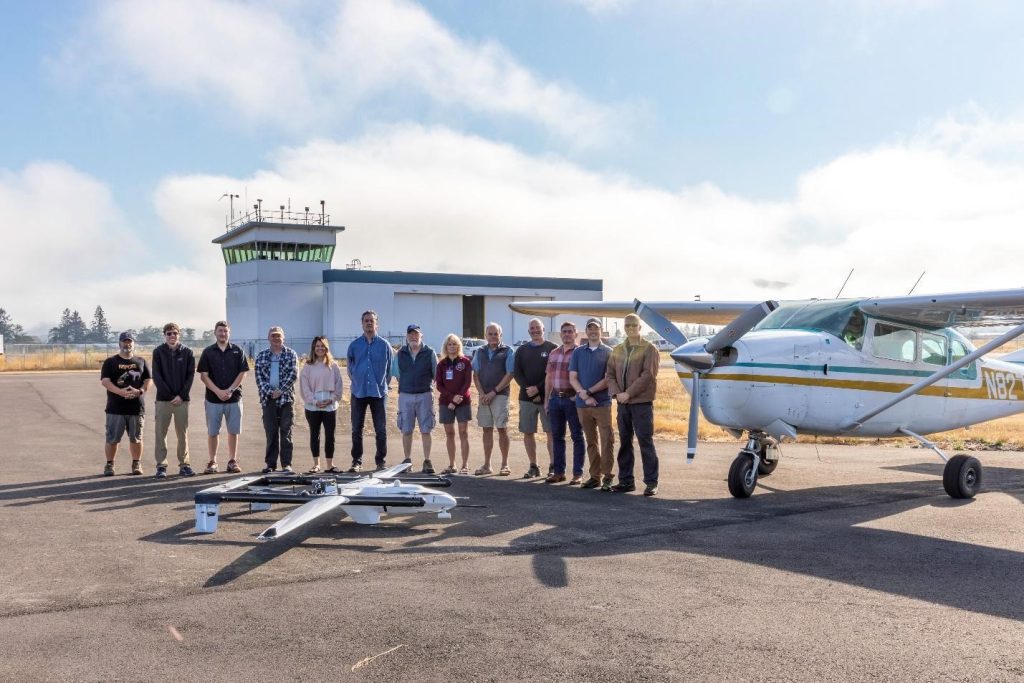NOAA Completes FVR-55 Operations in Marine Stratocumulus Clouds to Measure Atmospheric Aerosol Properties needed to Improve Climate Model Simulations
Between August 8th and 18th, 2022, the NOAA Pacific Marine Environmental Laboratory (PMEL) and the University of Washington Cooperative Institute for Climate, Ocean, and Ecosystem Studies (CICOES) used the L3Harris Fixed Wing Vertical Takeoff and Landing Rotator (FVR-55) uncrewed aerial system (UAS) to measure aerosol and cloud vertical profiles with the NOAA Clear Sky and Cloudy Sky scientific payloads (descriptions provided below). The sensors in the payloads measure aerosol properties relevant to aerosol direct radiative forcing and aerosol – cloud interactions. The mission was supported, in part, by NOAA’s Earth Radiation Budget (ERB) program that was initiated to investigate natural and human activities that might alter the reflectivity of marine boundary clouds. The UAS measurements reported here will provide critical information on the processes that lead to the brightening of marine clouds with a potential cooling of the Earth’s surface.

